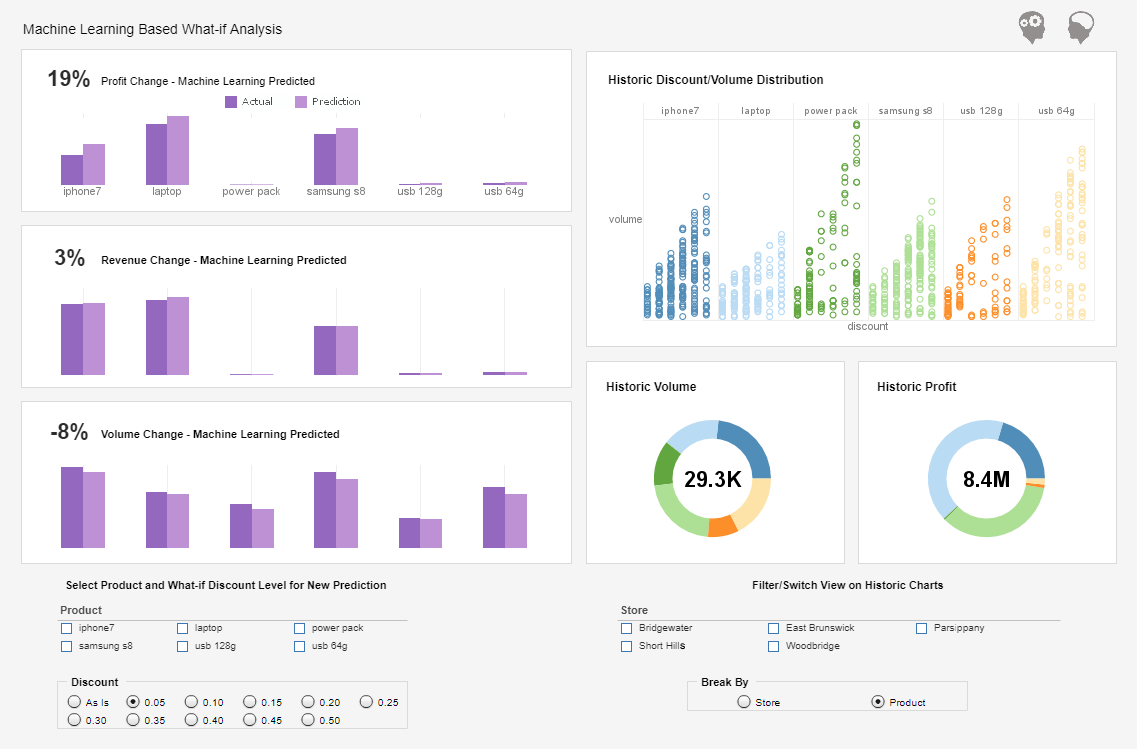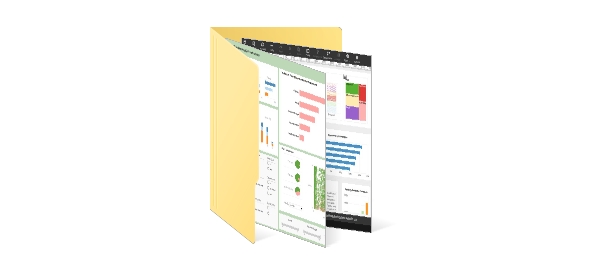Business Agility and Business Analytics
This is the continuation of the transcript of a Webinar hosted by InetSoft on the topic of "Improving Business Agility Using Performance Management Software." The speaker is Mark Flaherty, CMO at InetSoft.
Now let’s answer some of the questions that have come in. Talking about business agility and business analytics, where does the cloud fit to this type of business problem, or is there one?
Well the cloud fits in lots of different areas, one in particular that you know, not every company is going to have these capabilities, and I think you’re going to see the rise of cloud services organizations that provide these capabilities to companies that don’t have the resources to manage them internally. This can alleviate some processes. It can automate some processes.
What are some best practices for implementing a business intelligence solution?
The BI technology and the BI tools are just as important as the business processes you have got. It seems there is not just a technology fix. There are a lot of best practices and business processes. In fact I think that’s most important. It’s about governance, and it’s about ownership and all these other business practices that you put into place.
The data and the data management tools and the methodologies are all to help you do this better. So if you don’t have those processes in place, and if you are not open to innovation and new insights, then what’s the point. So I think the most important thing is using these data visualization tools in a way that gives you insight and not just report old data and give you the same information that you probably have gathered elsewhere.
When it comes to any BI technology deployment or reengineering these days, whether it’s an ERP system or CRM system, moving to virtualization to consolidating your service, there needs to be a process put in place anyway, you really can’t get away from that part of the equation.
You can use the phrase reengineering or any phrase you want to use here, but we see decision management and business processes being two sides of the same coin. I mean they go hand in hand. I’ve got a process, and I’ve optimized my business process. I’ve made sure I’ve figured out what the best process is, but then I get to a certain point in this process, and I need to make a decision. The key thing here is that this BI platform then allows you to use all this data you know, and there could be in excess of ten thousand or thirty thousand rules, and make a decision in context that has been fed into the process.
So absolutely this goes hand in hand with business process. And then one more point to make is about governance. It’s just such an important thing that you know people sometimes feel bored by it, but it is such an important issue.
How Does StyleBI Support Good Data Governance?
StyleBI by InetSoft is designed with data governance in mind, enabling organizations to strike a balance between open data exploration and strict control over data assets. It achieves this through a multi-layered architecture that separates raw data access from user-facing semantic views, allowing data administrators to define clear rules and access permissions while empowering users to analyze data within a governed environment. This ensures that all insights are drawn from consistent, secure, and trustworthy datasets.
Role-based access control (RBAC) is a core component of StyleBI’s governance strategy. Administrators can assign permissions at the data source, dataset, or dashboard level, ensuring that users only see data appropriate for their role. With built-in support for row-level security, organizations can enforce fine-grained access policies, limiting visibility down to individual records based on user identity or attributes, which is essential for compliance with data privacy regulations such as GDPR and HIPAA.
Additionally, StyleBI provides auditing and versioning capabilities that enhance transparency and traceability. Every dataset transformation, visualization change, or access request can be tracked and logged, creating a reliable trail for internal audits or external compliance checks. With these capabilities, StyleBI empowers IT to retain control over data integrity and security, while business users operate confidently within well-defined boundaries—fostering a data-driven culture without compromising governance standards.


